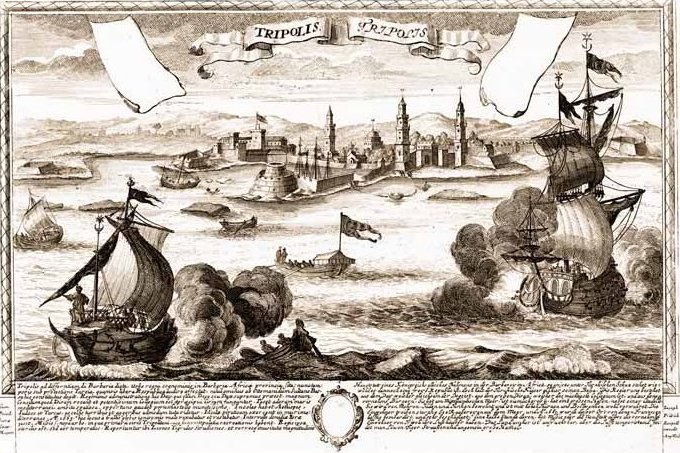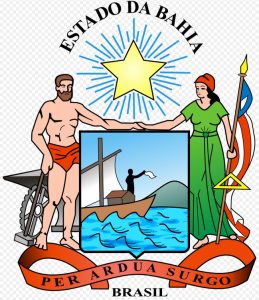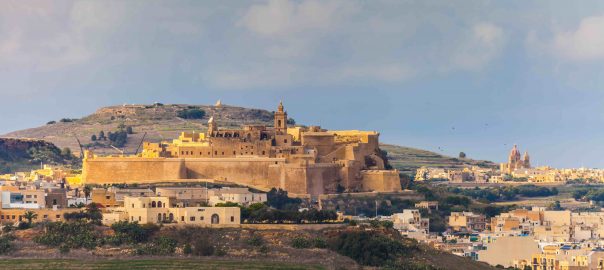It is still less than 60 years since 1492… but here we were in 1551 CE with the Spanish conquistadores taking new steps to consolidate their settler-colonial grip on the Americas. Things were also happening in the Mediterranean:
- In May, an order of Spain’s King/Emperor Charles established the “Royal and Pontifical University of the City of the Kings of Lima” in today’s Peru. This was the first recognizable-to-Europeans institution of higher learning anywhere in the Americas. Today it is known as the National University of San Marcos. In September, he would establish a “Royal and Pontifical University of Mexico“in Mexico City. It is not clear whether or how these actions related to the previous year’s Valladolid Debate, but clearly there was some agreement between Charles, the pope, the religious orders (I think, Dominican) that ran these institutions, and the local encomendros who presumably funded them, on the need to build an ever broader range of social/educational institutions that could help consolidate the conquistadores‘ control over the land. Much, much later, in 1840, a graduate of the university in Mexico would become President of Georgetown College (later University), in Washington DC. Colonial society in what later became the United States lagged so far behind Spanish colonial society in Mexico and South America! In 1551, neither the English nor the French had yet gotten into the empire-building business.
- In July-August the Ottomans and the Charles’s Holy Roman Navy were having at it in the maritime area of Malta-Tripoli! In 1522, I had noted that the ottoman Navy had chased the Crusader remnants of the “Knights of St. John” out of Rhodes and allowed them to regroup in Malta. In 1530, some of them, now known as the Knights of Malta, decamped for Tripoli in today’s Libya. (The Spanish had held Tripoli since 1510, and in 1530 Charles had handed his fort there over to the Knights.) So in July 1551, Ottoman naval commander Sinan Pasha was sent to attack the Knights’ HQ in Malta. But Malta has some pretty impressive defenses, so Sinan took his attack force to the neighboring island of Gozo, which he was able to capture, enslaving all the 5,000-7,000 Christians found there. (The image above is a recent photo of a citadel on Gozo, built presumably some time after the island’s capture in 1551.)
-

Capture of Tripoli by the Ottomans, by unknown French engraver, 16th century Sinan then swung over to the waters around Tripoli and besieged the Knights’ fort there. The French Ambassador to Constantinople was on board one of the attack ships! The city was captured on 15 August 1551 by Sinan Pasha after six days of bombardment. The Knights, many of them French, were returned to Malta upon the intervention of the French ambassador, and shipped on board his galleys, while the mercenaries who had fought with them were enslaved. Naval battles between the Spanish and Ottomans would continue in the Western Mediterranean until 1559– with the French Navy ordered to aid the Ottomans. Tripoli became the capital of the Ottoman province of Tripolitania.
-

Present coat-of-arms of Bahia, Brazil In 1551, also, Portugal’s King John III established a sugar-planting colony in Bahia, in today’s Brazil. A “captaincy” colony for Bahia that John had granted in 1534 to someone called Francisco Pereira Coutinho had essentially collapsed a while back. So John “bought back” the captaincy from Coutinho’s heirs and established a “Royal Captaincy” there under his own more direct control, and soon thereafter started a large-scale scheme to establish sugar plantations in the area. Building on the experience Portuguese entrepreneurs had gained establishing sugar plantations in Sao Tomé and Madeira, John’s project managers based the whole venture in Bahia on the use/exploitation of the labor of enslaved Africans. English-WP tells us: “Integral to the sugar economy [in Bahia] was the importation of a vast number of African slaves: more than a third of all slaves taken from Africa were sent to Brazil, mostly to be processed in Bahia before being sent to work in plantations elsewhere in the country.” Keep your eye on what was happening in Bahia…
